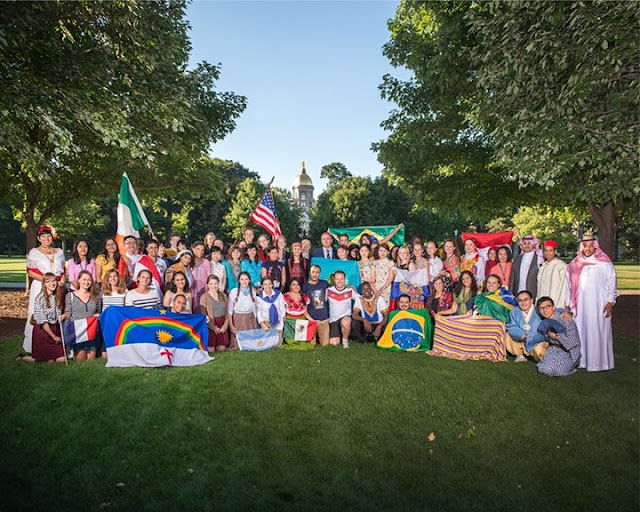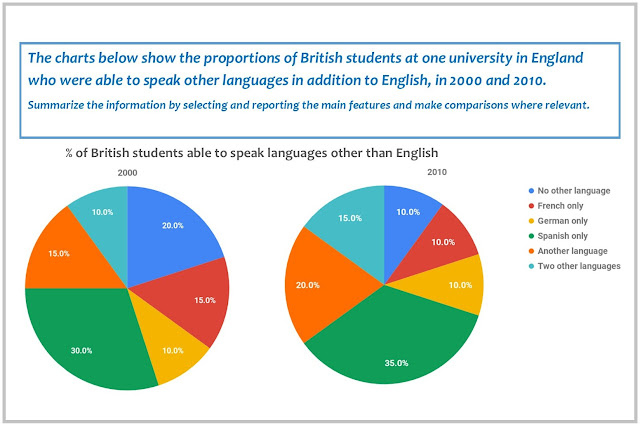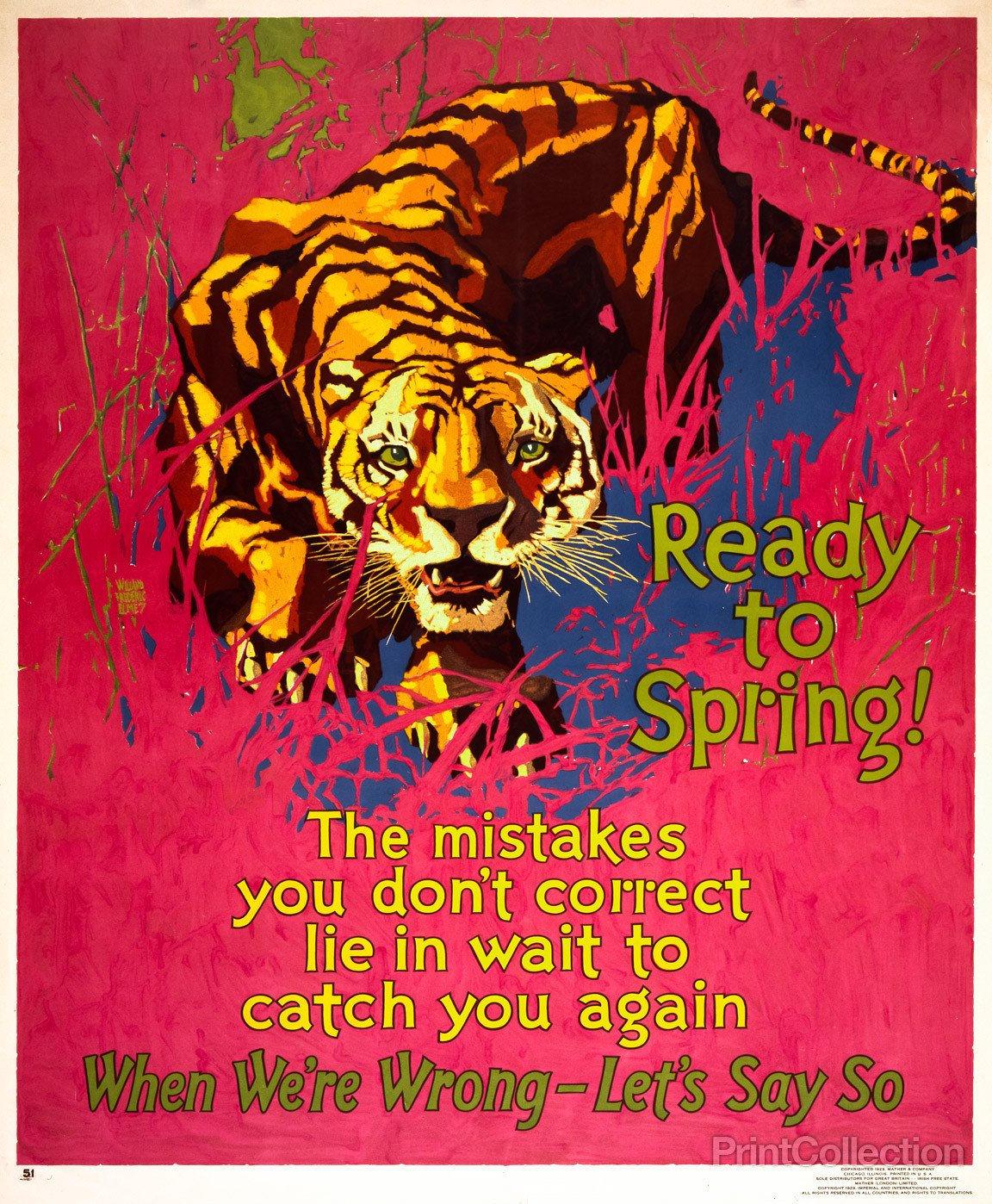Insights into the Fulbright FLTA application process
Disclaimer: This post is based on my Fulbright FLTA experience (2015-16). I suspect the process is more or less the same every year, but please always check everything with official sources and program officers.
Application
So the competition has been announced. The deadline is on 1 June. It might look like plenty of time, but if there is one single most important tip I can give it is: start preparing now.The first step is writing essays. I wrote three:
Objectives and motivations (1274 words);
Sharing your culture (924 words);
Teaching language of nomination (463 words).
My first recommendation is: check the topics immediately and start brainstorming. Writing essays that long and potentially life-changing will take time. These essays will also be your foot in the door, so they should really be a meaningful story, not a last-minute mess.
My second recommendation is: be yourself and write what you really want to give the program. These essays will be one of the factors that will influence your participation. If you write something that is not true and get selected based on that, you will end up spending a year in a setting you aren’t comfortable in. Additionally, there is really no reason to lie or pretend. Host institutions participating in the program are different and have different requirements, so there is bound to be a university that is perfect for you.
Timeline
I now want to give a brief chronological outline of what was happening between submitting my application and arriving at my host institution.30 May
I submitted my application.
25 June
I received an email confirming my entry.
28 August
I received an invitation to and a list of instructions for the second round.
26 September
I came to Moscow for the second round. The second round was an interview and the TOEFL ibt test (which I didn’t take as I had a valid certificate at that time).
The interview is an extremely stressful, but also extremely important stage. I was interviewed by four people. The whole interview is a bit of a blur now, but I remember being asked about students’ motivation and my plans for the future.
Despite the stressful interview, the second round can be an enjoyable experience in itself because this is when you meet the other potential Fulbrighters. Not only are they really great people, but they are also the people you might hang out with in the USA later on.
23 October
I received an email saying I was selected as a semi-finalist and outlining some formalities.
After a long, scary, silent period…
4 March
I received an email saying the applicant-institution matching process was due to start shortly.
In this process, you are given short descriptions of five host institutions, which you have to rank in order of priority. As far as I know, institutions receive five applications and rank them as well. The final offer is based on the match in ranking (among other factors).
My strong recommendation is: when you rank host institutions, remember that your choice will land you in a place for a year. So rank wisely.
It's tempting but vital not to make your choices based on location. For example, I was offered institutions in: Connecticut, North Carolina, Nebraska, Oregon, and Colorado. Tempted by its natural beauty, I really wanted to go to Oregon. I think I even ranked it first. Luckily, I wasn't selected. I’m saying “Luckily,” because I visited the Fulbrighter there a year later and I realized I would have been out of place in that setting. I ended up in a seemingly boring state, Connecticut. But I can honestly say I was in the right place.
The most important ranking factor should be your role. Some host institutions need a primary teacher, some need an assistant. Scrutinize the duties and expectations because this is what you will be doing for a year. Choose what you want to be doing.
30 April
I received an email that started: “Congratulations! You have been selected for the Fulbright Foreign Language Teaching Assistant (FLTA) Program.”
I was officially offered assistantship, which I had seven days to formally accept (or decline). The offer was final. No changes were possible.
22-23 June
I attended a pre-departure orientation in Moscow, where I met all the other finalists. We were given lots of instructions and invited to a stand-up dinner.
The orientation is a perfect chance to meet your fellow Fulbrighters. My strong recommendation is: establish contacts at this stage as you will be able to travel together and/or visit each other in the US.
8-12 August
I attended a pre-arrival orientation in the University of Notre Dame, Indiana, USA, which was a mind-blowing multicultural experience because it brought together program participants from all over the world.
16 August
I arrived at my host institution.
Overall, the whole process, from applying to setting foot on American soil, took me about 14 months. It sounds long and it was. The wait was unbearable at times. But it was totally worth it in the end. With this, I encourage everyone reading this to participate. You won’t regret it.
To know more about my Fulbright FLTA experience, follow these links:
I received an email that started: “Congratulations! You have been selected for the Fulbright Foreign Language Teaching Assistant (FLTA) Program.”
I was officially offered assistantship, which I had seven days to formally accept (or decline). The offer was final. No changes were possible.
22-23 June
I attended a pre-departure orientation in Moscow, where I met all the other finalists. We were given lots of instructions and invited to a stand-up dinner.
The orientation is a perfect chance to meet your fellow Fulbrighters. My strong recommendation is: establish contacts at this stage as you will be able to travel together and/or visit each other in the US.
8-12 August
I attended a pre-arrival orientation in the University of Notre Dame, Indiana, USA, which was a mind-blowing multicultural experience because it brought together program participants from all over the world.
16 August
I arrived at my host institution.
Overall, the whole process, from applying to setting foot on American soil, took me about 14 months. It sounds long and it was. The wait was unbearable at times. But it was totally worth it in the end. With this, I encourage everyone reading this to participate. You won’t regret it.
To know more about my Fulbright FLTA experience, follow these links:
- A sneak peek of my application: "My Fulbright application or a teachable moment on essay writing."
- Some facts about my year: "My Fulbright year: what, where, when."
- Insights into the benefits: "The benefits of being a Fulbrighter (based on personal experience)."
- Thoughts on why living in an English-speaking country does not automatically improve your English level: "Living in an English-speaking country and your English level."
- Examples of me teaching Russian: "Fulbright FLTA memories. Part 1. Teaching Russian from scratch: my proudest achievement" and "Fulbright FLTA memories. Part 2. Translating Dovlatov back into Russian with my American students."





thank you so much for this wonderful time. I am applying for this program, and I have reached the stage in which we are ranking our universities. I have a question if you do not mind, does reaching the matching process mean that we have been finally accepted as a fulbrigter?
ReplyDelete